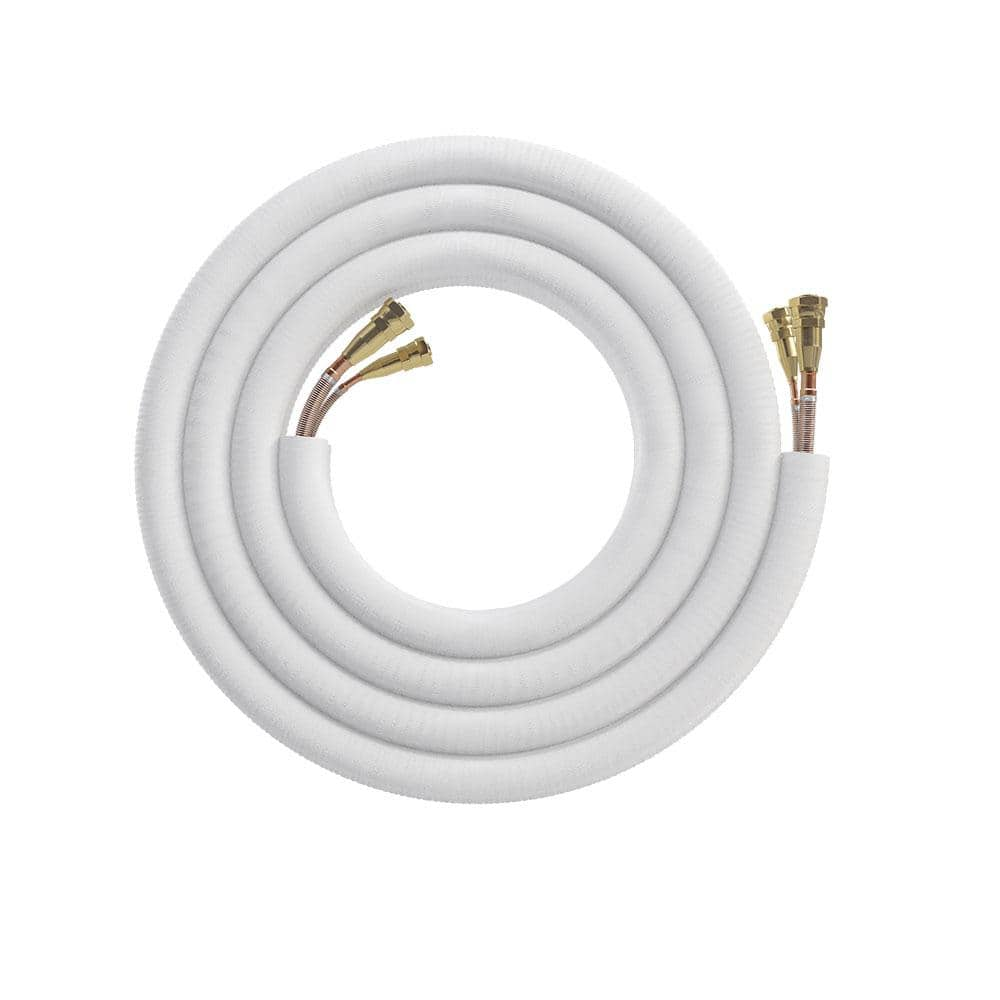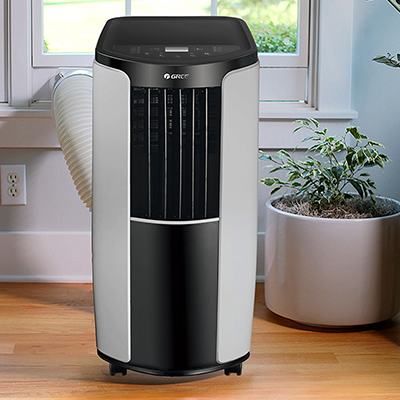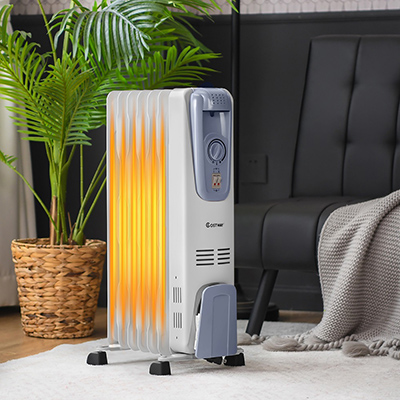How Do Ductless Air Conditioners Work

Published April 30, 2025
Ductless air conditioners, often referred to as
mini splits, are becoming more and more popular in homes. Despite their popularity, many homeowners don’t understand how mini splits work or if they’re the right choice for an upgrade or new building project.
If you’re also wondering,
“How does ductless air conditioning work?”, then this guide
will help you understand these alternative air conditioning systems.
Table of Contents
How Do Ductless Air Conditioners Work?
Do They Have Enough Cooling Power?
Multi-Zone Cooling and Heating
Benefits of Mini Split Systems
How Do Ductless Air Conditioners Work?
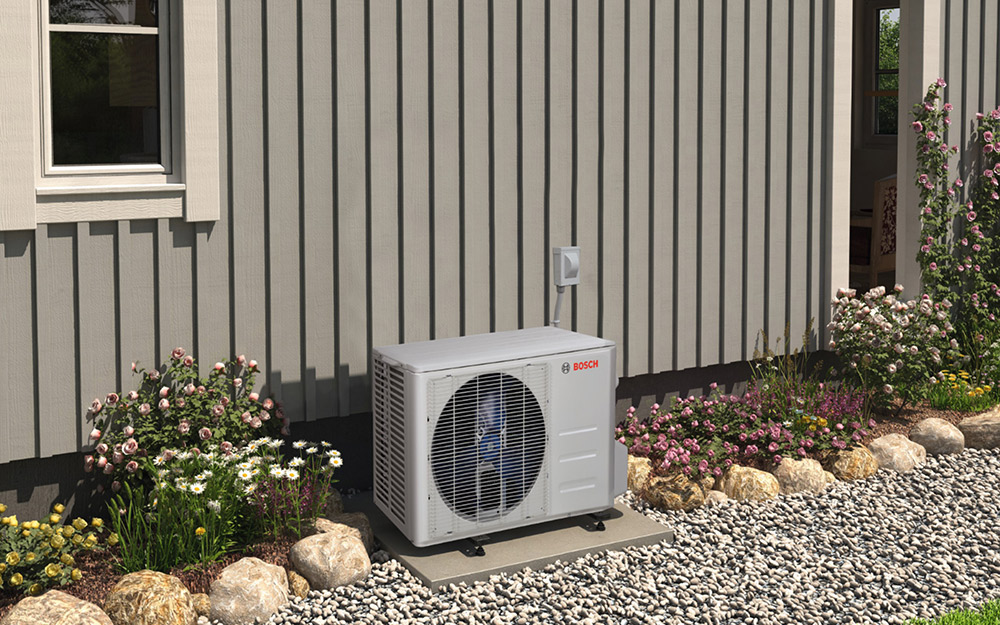
Ductless mini split air conditioners work like conventional air duct systems, but there are a few main differences. Before you can understand how a mini split works, it’s important to make sense of how traditional models work.
How Does a Standard A/C System Work?
- In a standard air conditioning system, the indoor unit is typically located in your attic or in a closet. Ducts push and pull air to this central location, cooling and delivering it to rooms in your home through the vent system. Older homes may not have the space for installing new or additional ductwork that a traditional air conditioner needs.
Plus, installing new ductwork can involve cutting through ceilings, walls and floors, making it an expensive and lengthy job.
How Does a Mini Split Work?
- In a mini split system, you have individual indoor units located in each room
or “zone.” Instead of pushing and pulling air to a central indoor unit, each room will handle its own cooling needs through an individual fan and evaporator unit. The fan and evaporator unit is connected to an outdoor compressor unit
via refrigerant lines. The air is cooled on its way to the compressor and then returned to the indoor unit that circulates it in the room.
No ducts are needed
for mini split ACs to work. The refrigerant lines are easier to install than new ducts. They only need holes that are approximately 3 inches in diameter and have no structural impact on your home.
Do They Have Enough Cooling Power?
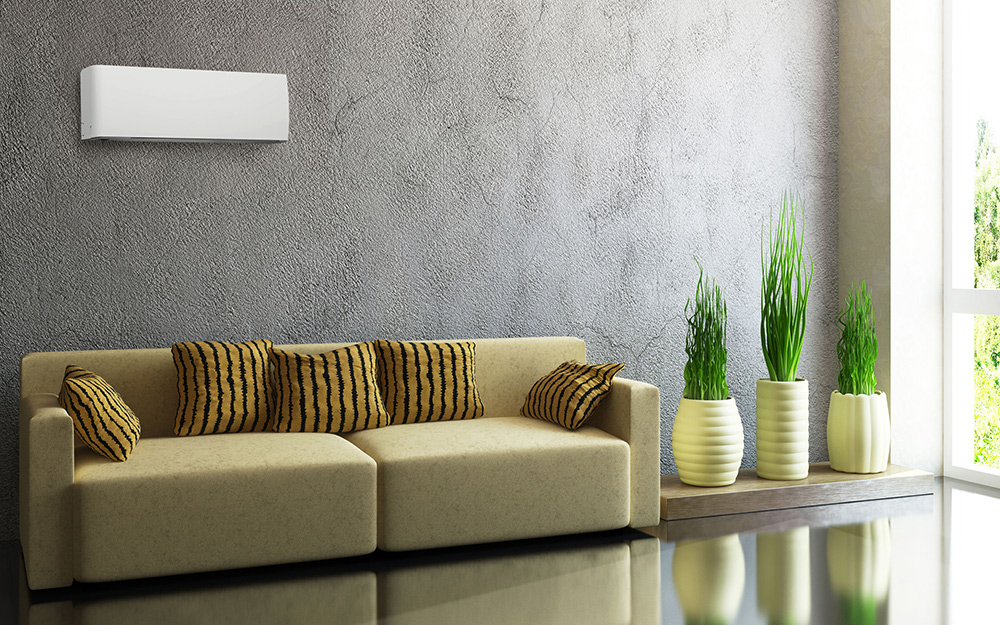
Some homeowners worry they won’t be able to properly power mini splits to cool their home. While the individual indoor units may seem small, it’s important to remember they must only cool a single room, not your whole home. This makes the cooling much easier.
When considering mini split installation, you’ll need to choose the correct BTU capacity for your room. In general, the larger the room, the more BTUs per hour you’ll need. Know the square footage of your room before choosing a mini split, or you may end up with a system that’s either too small or too large. A too small mini split won’t properly cool the room and will overwork itself. It may even breakdown. A too large mini split will keep the room cool, but it will also short cycle. Short cycling is when the system turns on and off repeatedly in a short amount of time. This can exhaust the system and significantly shorten its lifespan.
Mini split systems come in a variety of sizes, so finding the right BTU capacity
is simple once you have your room measurements.
Below are the most common sizes:
- 12,000 BTU mini splits work for rooms that are 400 to 650 square feet.
- 18,000 BTU mini splits
work for rooms that are 600 to 1000 square feet. - 24,000 BTU mini splits work for rooms that are 800 to 1300 square feet.
Multi-Zone Cooling and Heating
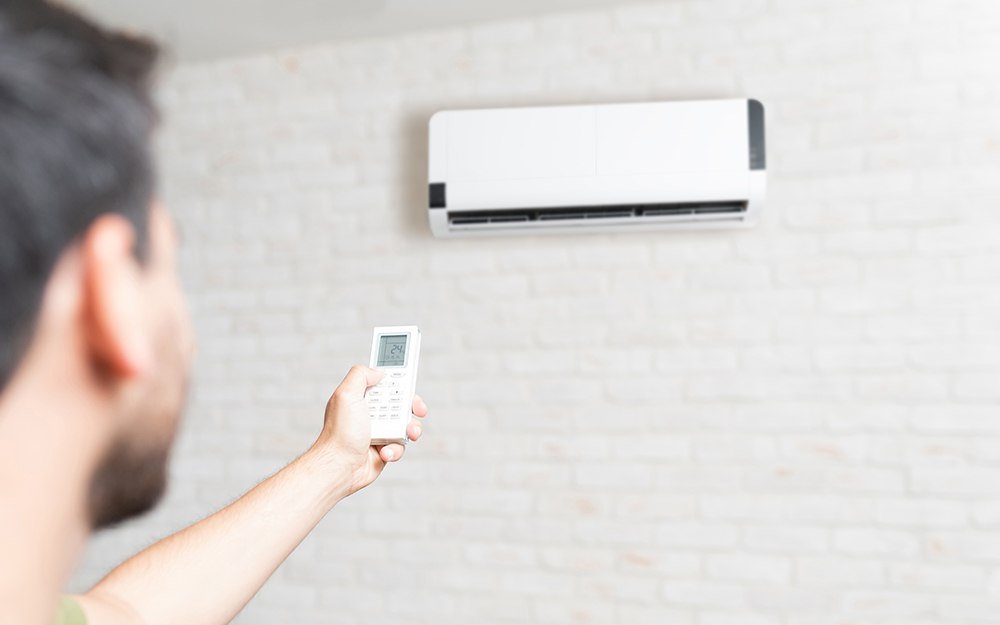
Mini splits are best for multi-zone cooling and heating, which is a way of home climate control that divides your home into
zones of different temperatures.
This method keeps frequently used rooms comfortable and saves money by not overly heating or cooling unused rooms.
Multiple
mini splits can be connected to a single condenser. You can cool several rooms without paying for multiple systems. The mini splits can be adjusted independently of one another, so you can change the temperature in each room or zone.
- A single zone mini split has one indoor unit and covers one room or zone.
- A dual zone mini split has two indoor units and covers two rooms or zones.
- A triple zone mini split has three indoor units and covers three rooms or zones.
- A quad zone mini split has four indoor units and covers four rooms or zones.
Benefits of Mini Split Systems
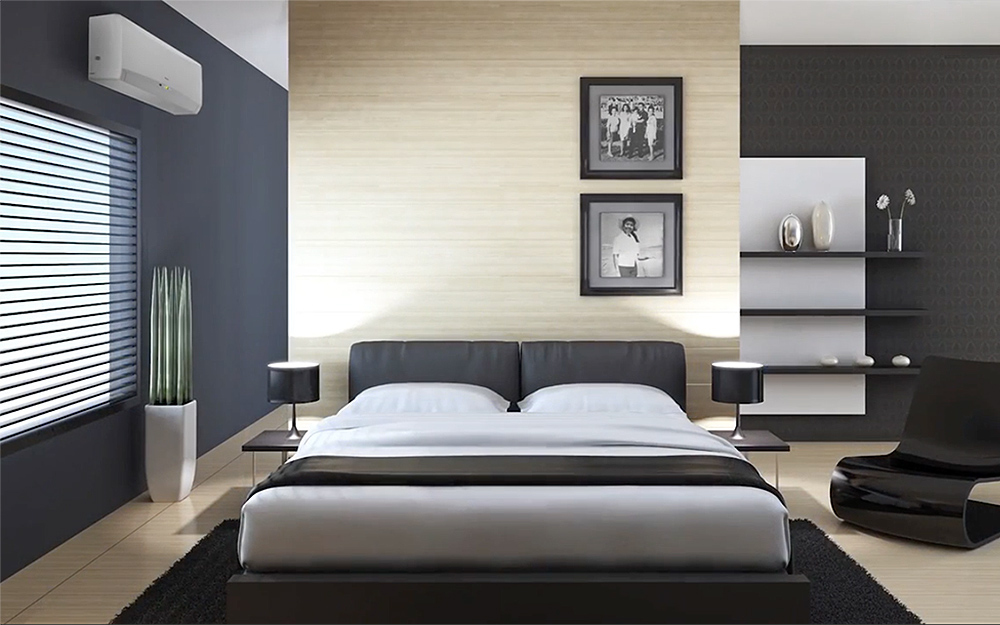
Ductless air conditioning systems are becoming more common in single-family homes. While the units themselves typically cost a bit more than ducted AC components, that cost is offset by an absence of ductwork installation and higher energy efficiency during operation. Now that we’ve answered the question “how does a mini split work?”, here are a few main reasons builders and homeowners choose to install them:
- No ductwork required:
With a mini split system, you can add air conditioning to your home without ductwork in place. This allows you to install them in new additions to your home, in a garage or in a workshop. - Affordability: Choosing a mini split system is more affordable if you’re retrofitting your home or building from the ground up without ductwork. It also takes less time to install a mini split system.
- Heating capabilities: Mini splits with heat pumps are becoming increasingly more common. A heat pump allows your mini split to both heat
and cool your room. - Versatility:
Mini split systems can be installed in a variety of orientations based on your home’s configuration. Floor-mount, ceiling-recessed and horizontal-ducted configurations are common. - Easy installation: Ductless air conditioning systems are easier to install than standard A/C units and weigh less.
- Energy efficiency: Ductless systems don’t lose hot or cold air due to duct leakage. Most mini split systems are approximately 20 to 30 percent more efficient than ducted systems.
- Multi-purpose: Mini splits also offer dehumidifying and air purifying benefits.
Tip: To extend the life of your mini split system, remember to clean the indoor unit’s filter every month or more often if you smoke or have pets.
For many homeowners, mini split systems provide adequate cooling and serve as a budget-friendly alternative to traditional air conditioning installations. Designed to be energy efficient, mini split systems are also a smart buy for the eco-conscious homeowner.
Now that you understand what ductless air conditioning is, you can decide if it’s the right choice for your home and rely on our mini split installation services. Plus, find products fast with image search in The Home Depot Mobile App. Snap a picture of an item you like, and we'll show you similar products.




